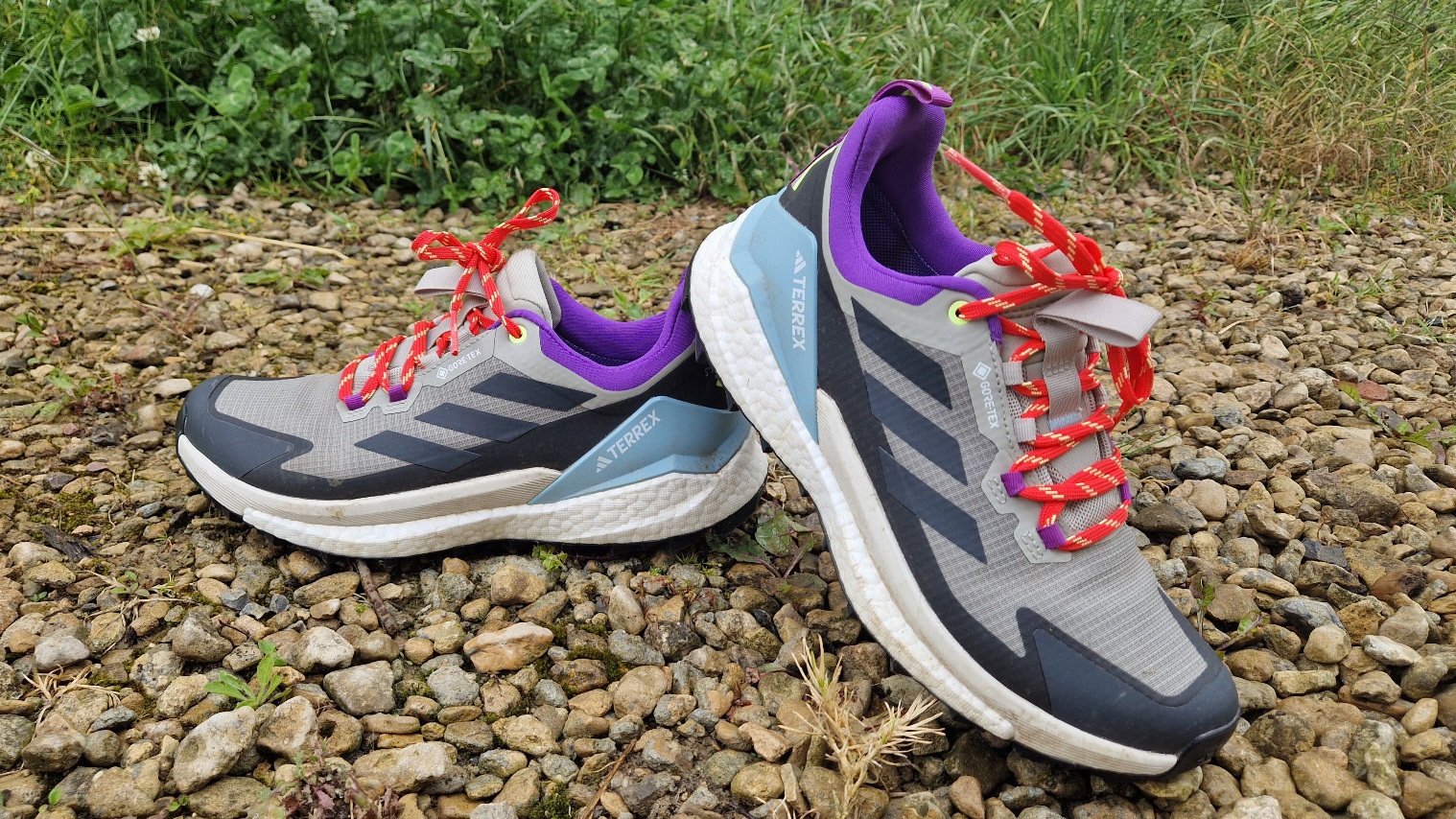How often should you train your muscles to make them grow? Science weighs in
One intense workout, or several light ones?


If you're looking to build muscle, there's a few things to bear in mind. Firstly, you need to be taking in a lot of protein, one of the building blocks of muscle growth. Secondly, you need to be resistance training a lot, but lifting weights, using resistance bands and doing calisthenics can leave you sore. So how much is too much when it comes to resistance?
Researchers from the University of Central Missouri wanted to examine whether high-frequency training (for example, training the same groups of muscles several times a week) or low-frequency training (training those muscle groups just once per week) was most effective when it comes to building muscle. All participants in the study were experienced with strength training (so they likely owned a set of our best adjustable dumbbells and some of our best protein powder for weight loss).
The researchers set the high frequency training group to exercise each muscle group three times per week, exercising with three sets of muscle groups per session. The low-intensity group trained each muscle group just once per week, completing all nine sets during that single workout.

Surprisingly, there was very little difference: according to the researchers, "these results suggest that HFT and LFT of equal set totals result in similar improvements in lean mass and strength, following 8 weeks of strength training". If you're stuck for time, you can do an intense workout just once a week, and it will train your muscles just as well as three less intense workouts spaced throughout the week, so don't worry about missing training sessions if you have to. You do, however, need to up the intensity to make this work.
Many people opt to train one set of muscles a week in what's called a "split". For example, on Monday, you might train your chest and triceps with bench press, flys and push-ups. Meanwhile, on Wednesday, you might train your back and biceps with deadlifts, pull-ups, bent-over rows and bicep curls. Friday might be reserved for legs, with squats, leg press and extensions, or a cardiovascular session such as a half-hour cycle, run or row.
There's a wealth of great resistance training workouts you can perform on this site. If you've not tried any big lifts before, we'd recommend visiting our how to deadlift properly and how to do a barbell squat guides. We took some expert instruction to create comprehensive guides with simple steps to get you lifting big in no time at all.
Make sure you consume enough protein to build muscle, too – studies have shown a high-protein diet also improves satiety, so it'll help you feel fuller for longer as well as bolstering your biceps.
Get the Fit&Well Newsletter
Start your week with achievable workout ideas, health tips and wellbeing advice in your inbox.
Matt Evans is an experienced health and fitness journalist and is currently Fitness and Wellbeing Editor at TechRadar, covering all things exercise and nutrition on Fit&Well's tech-focused sister site. Matt originally discovered exercise through martial arts: he holds a black belt in Karate and remains a keen runner, gym-goer, and infrequent yogi. His top fitness tip? Stretch.
-
 This might be your last chance to get my favorite waterproof walking shoe, and it's 25% off
This might be your last chance to get my favorite waterproof walking shoe, and it's 25% offDeal These Adidas Gore-Tex shoes are the most watertight I've tested
By Lou Mudge
-
 I tried wall balls for 30 days and the results surprised me
I tried wall balls for 30 days and the results surprised meTry this fitness challenge to boost total body strength
By Maddy Biddulph